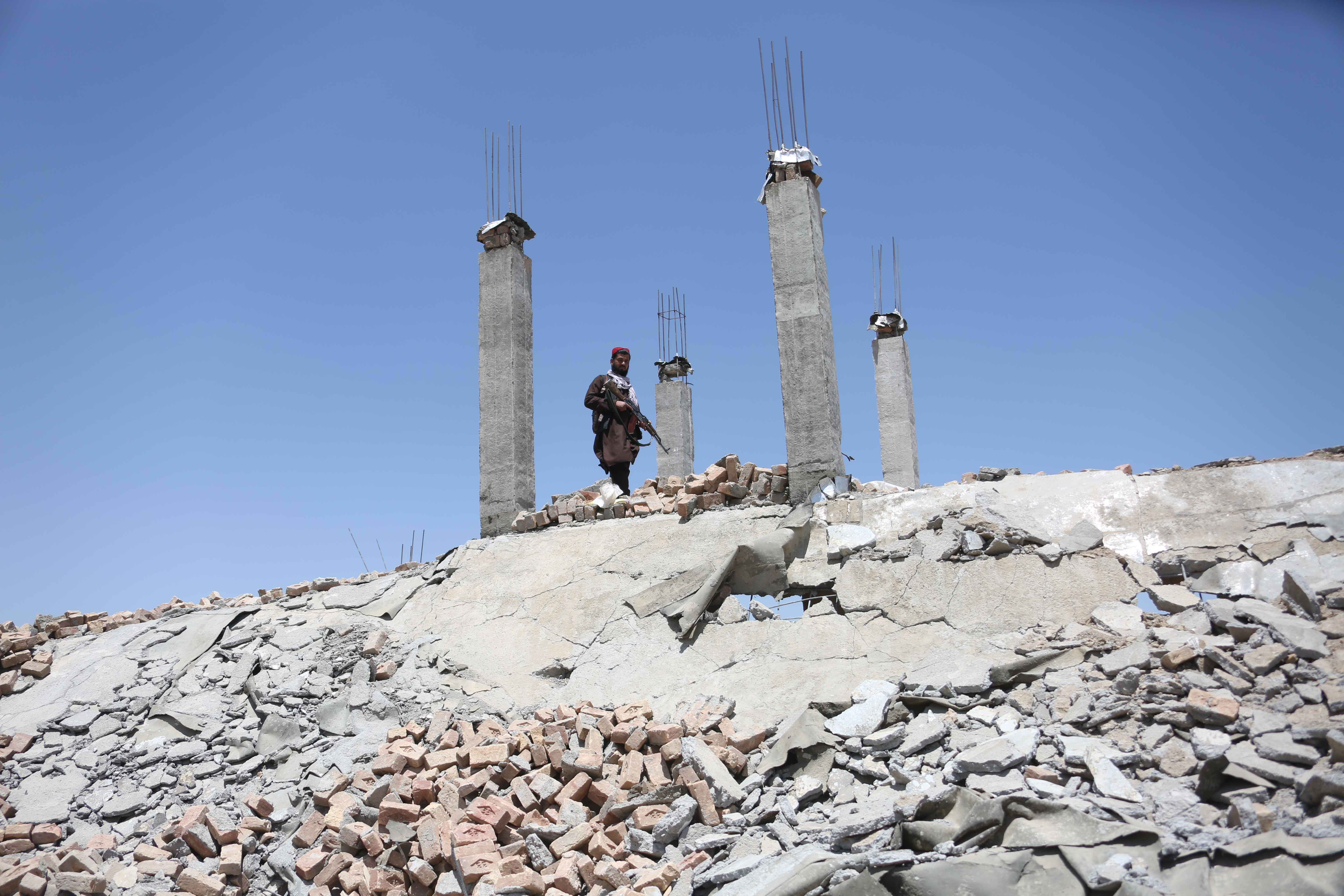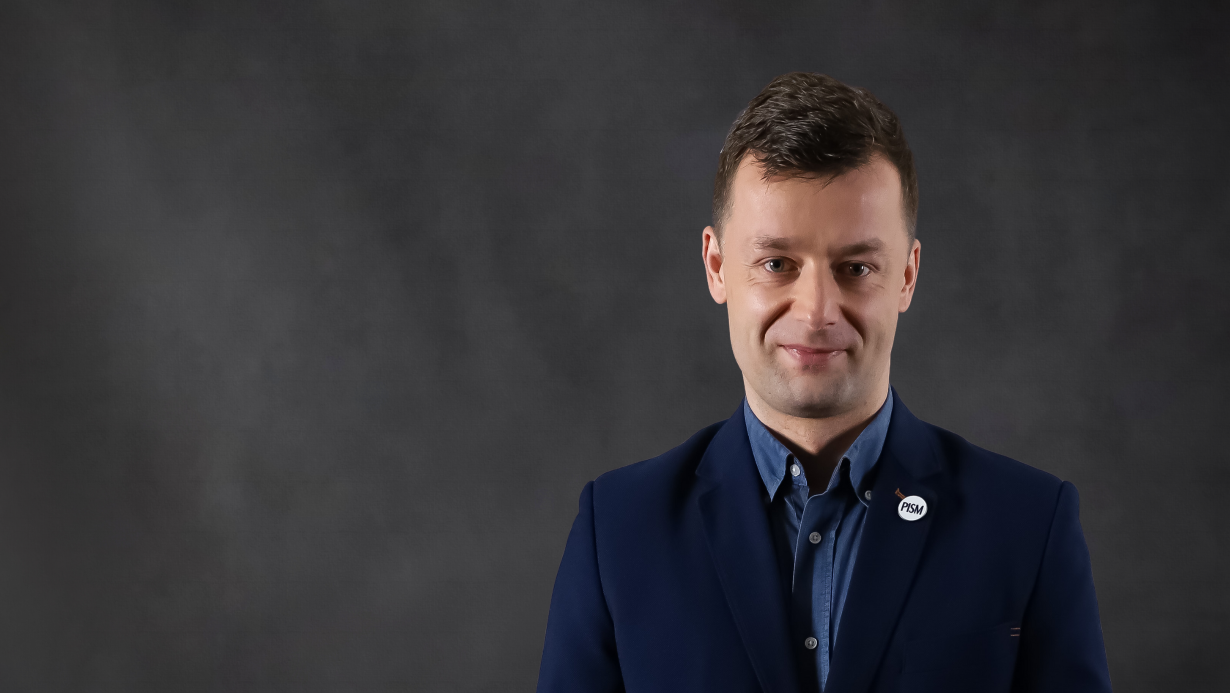ISIS Increasingly Eyes Sub-Saharan Africa
Sub-Saharan Africa is becoming a priority for ISIS, which seeks to strengthen its potential and propaganda in the region where the terrorist organisation has staged the most attacks in recent months. The increasing ties between Sub-Saharan militant groups and ISIS Central, in conjunction with the weakening military involvement of France in the region, will make it difficult to combat terrorism. It will also increase the threat to European entities in the region, but not Europe itself.
 Saifurahman Safi/Xinhua News Agency/Forum
Saifurahman Safi/Xinhua News Agency/Forum
History of ISIS in Sub-Saharan Africa
The terror group’s leader Abu Bakr al-Baghdadi's announcement in 2014 of a renewed caliphate under his leadership and the creation of a para-state in Iraq and Syria echoed widely in Africa. Starting in 2015, some militants from Islamist groups operating south of the Sahara, previously independent or associated with Al-Qaeda, decided to pledge their loyalty to the ISIS leader. The first was Abubakar Shekau, the leader of the extremist group in northeast Nigeria commonly known as Boko Haram. At that time, this group had about 30,000 fighters and was, according to the Global Terrorist Index, the world’s deadliest terrorist organisation. However, after initially recognising Boko Haram as a branch of the Caliphate, al-Baghdadi terminated cooperation with it over its brutality—even by ISIS standards—and its unpredictability. In its place, he supported a splinter group as a new, rival organisation on the same territory—the ISIS West Africa Province, or ISWAP. Today, it is the strongest ISIS group outside the Middle East, active in the north of Nigeria and the south of Niger. In 2015, Adnan Abou Walid al-Sahrawi, a jihadist from Western Sahara, until then active in Al-Qaeda-related structures, announced his loyalty to ISIS. His group initially numbered only a few dozen but he later recruited hundreds of fighters and expanded into the border areas of Niger and Burkina Faso, offering the inhabitants of the tri-state borderlands a substitute security system and public services not provided by the authorities. The geographically isolated Al-Shabaab faction from northern Somalia also decided to come under the leadership of ISIS. Both the Mali and Somali factions waited almost two years for formal recognition from ISIS Central and inclusion in the structures of the caliphate provinces, the former formally as part of ISWAP. The Congolese group, which grew out of former Ugandan rebels, received faster recognition, and after less than a year became the official representation of ISIS in 2018. The announcement of the ISIS Central African Province (ISCAP, including DR Congo and Mozambique, where an Islamist uprising was underway in the Cabo Delgado province) gave the impression of ISIS expansion despite the loss of territories in the Middle East. Finally, this year, after the new caliph, Abu al-Hassan al-Hashimi al-Qurayshi, took over the leadership of ISIS, two additional caliphate provinces were announced: Sahel (Mali/Niger/Burkina Faso, separated from ISWAP) and Mozambique (detached from ISCAP), both in recognition of the viability and success of their counter-offensives against international intervention forces. In total, in sub-Saharan Africa, there may be up to 10,000 active ISIS fighters.
Intensity of ISIS Activities in Africa
While the number of ISIS-claimed attacks worldwide has steadily declined in recent years, it has increased in Africa both in absolute numbers and as a percentage of all ISIS attacks worldwide, from 3% in 2018 to about half this year. In the last six months, Nigeria experienced a similar number of attacks by the local ISWAP branch as ISIS in Iraq, which makes it one of the most active in the world.
ISWAP received some reinforcements from the group of about 600-900 local jihadists who were set free from Kuje prison near Abuja, the capital of Nigeria, on 6 July. Among them are many experienced and influential militants and leaders of Islamist organisations. In the case of the Sahel, an offensive on the Malian side of the border has been underway since spring, aimed at regaining some lost territories and blocking connections between Mali and Niger. This was possible because of the withdrawal of French forces from the former country, which deprived the Malian forces of air support. The attacks have also been expanding in Mozambique—in July, they hit the previously unaffected province of Nampula. A sharp increase in the number of attacks claimed by ISIS has been recorded there since the proclamation of a caliphate province, and in June alone there were 30 attacks, second only after ISWAP (44), and clearly more than in ISIS’s Middle Eastern and Asian branches.
African ISIS organisations operate autonomously in fluid local socio-political contexts. Unlike in the Middle East where volunteers were often already committed jihadists, in Africa, ISIS wins new recruits primarily by exploiting local (including ethnic) tensions, poverty, exclusion, and abuses by the local armed forces. Nevertheless, the level of communication between local structures and the clandestine central command, most likely operating on the Syrian-Turkish border, is increasing. This is especially visible for DR Congo, where local fighters under the influence of the core of the global organisation have adopted methods characteristic of ISIS (e.g., suicide attacks) and Arab commanders play an important role. ISIS Central’s influence is also growing in the Sahel where, following the killing of al-Sahrawi by the French in 2021, a new generation of younger, even more brutal leaders with closer ties to the Middle East took over.
Africa in ISIS Propaganda
Africa is gaining an important place in the propaganda of ISIS. Back in April 2019, in the first video by al-Baghdadi after the collapse of the territorial caliphate, the ISIS leader praised the militants from Mali and Burkina Faso, calling on them to attack France. He also was depicted looking at files with the affairs of individual ISIS provinces, including files named “ISCAP”, “ISWAP” and “Somalia”. From then on, Africa’s presence in ISIS media coverage grew. In 2021, out of 52 issues of the ISIS weekly bulletin al-Naba (The Report), as many as 29 began with cover articles about the organisation’s activities in Sub-Saharan Africa (mostly in Nigeria). The African branches themselves are increasingly publishing video materials, including very good quality presentations of their successes on the front as well as interactions with the population and social activities.
In June, official media channels linked to ISIS presented recordings of jihadists from the Syrian and later Iraqi provinces paying tribute to African extremists (especially from ISWAP). Recently, ISIS Central publications have called on supporters from around the world to make hijra (travel) to Africa to join the fight in the ranks of one of the provinces. The continent would therefore become a target for foreign fighters, analogous to the caliphate in the Middle East. The recent attack in Kuje also contributed to the organisation’s global propaganda activities, which both the ISWAP fighters and the ISIS Central publications describing it as part of the decade-long campaign of “breaking the walls”, which earlier saw prison breaks in Iraq and Syria. Local African ISIS organisations also insist on pulling away jihadists from groups associated with ISIS competitor Al-Qaeda into their ranks, for example by encouraging the more radical ones with consistent opposition to the prospect of political dialogue with the authorities. In July, another video of Al-Qaeda fighters recently swearing allegiance to ISIS in Burkina Faso was released.
Perspectives
In the absence of prospects for the territorial reconstruction of the caliphate in Syria and Iraq, the organisation’s leadership is turning its attention to Sub-Saharan Africa where the weakness of states and the terrain conditions give greater chances to maintain and even develop activities. Therefore, the importance of Africa for ISIS has systematically grown both for strategic reasons, such as creating a new military core, and propaganda ones, as it allows demonstrations of the vitality of the organisation. This increases the risk of attacks on Western targets on the continent, such as attempts to sabotage the return on EU investment in Mozambique, given the country’s gas potential, or the prospects of building a Nigeria-Niger-Algeria gas pipeline. At the same time, geographic constraints and local priorities mean that the African ISIS-affiliated groups are less likely to launch attacks within Europe itself.
An approach to mitigate attacks based on, for example, attempts by the governments of the Sahel states to negotiate with groups linked to Al-Qaeda, may prove ineffective in the case of ISIS. Militarily, it will be important to maintain the presence of international forces in all areas where ISIS groups operate in Africa, especially the UN MINUSMA mission in Mali, which is threatened with expulsion by the military authorities, which are turning to cooperation with Russia. Military actions should be accompanied by increasing the provision of services by African governments in borderlands, following, for example, the example of Niger.


